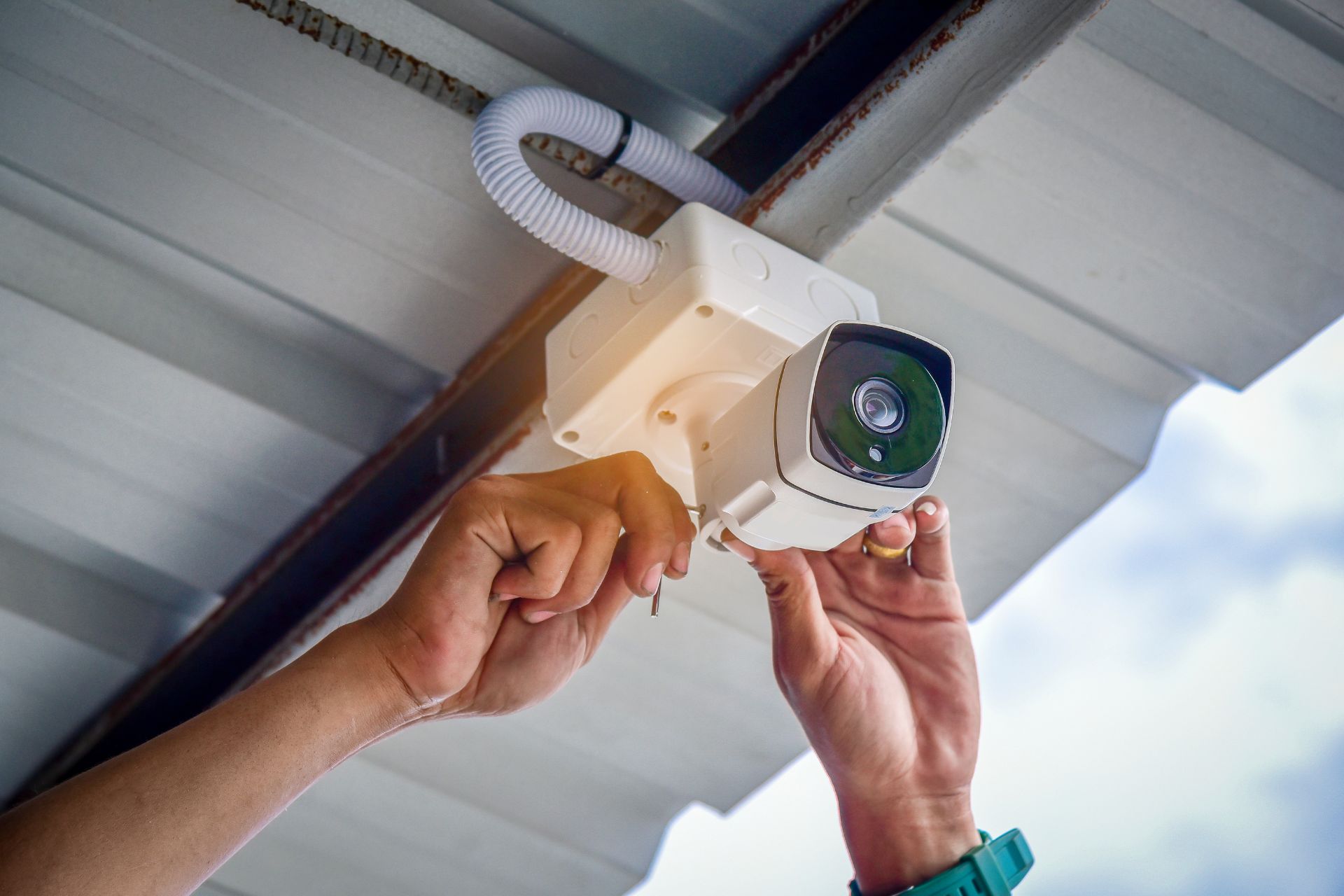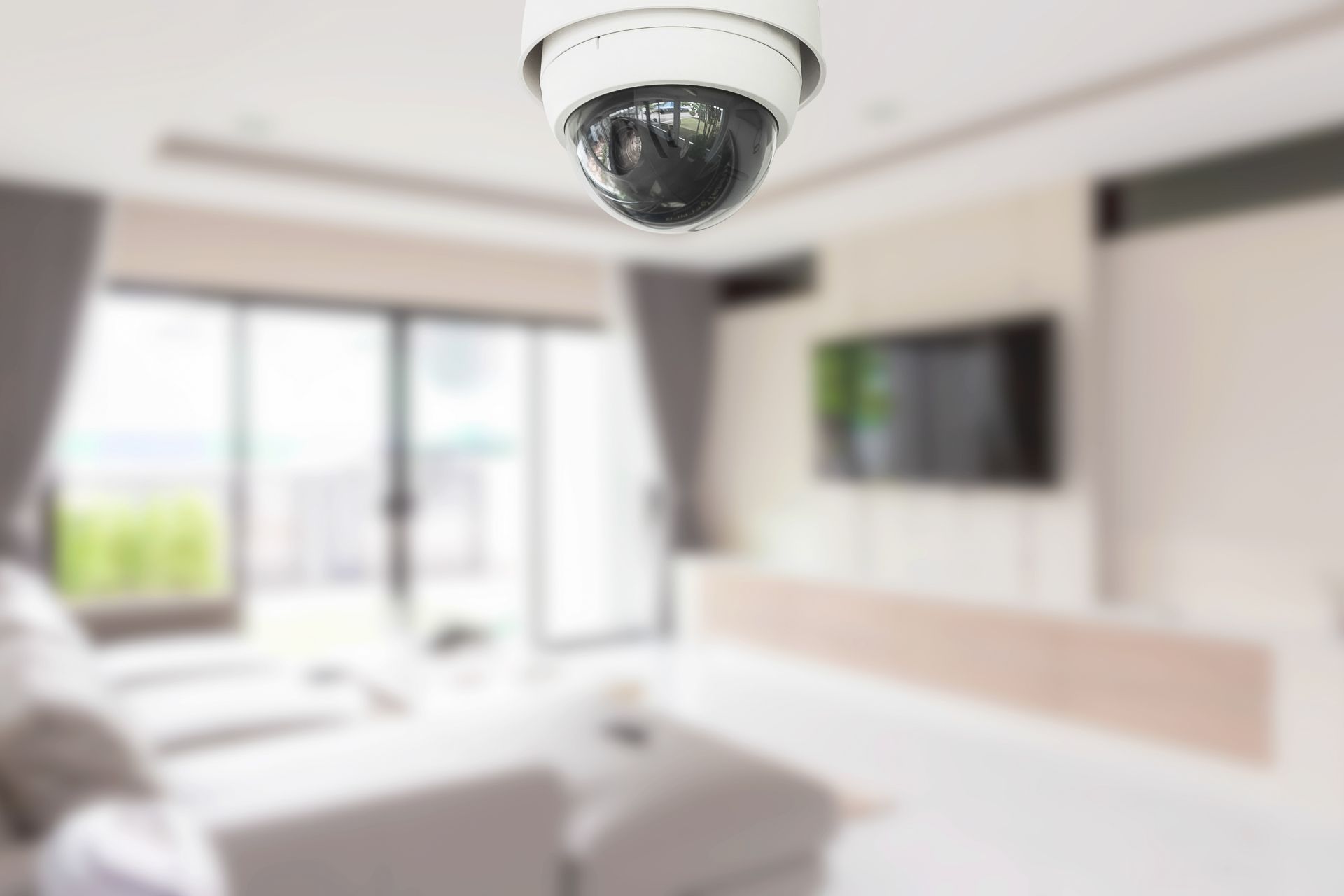Frequently Asked Questions
To configure the microphone settings for two-way audio on an IP camera, the user must first access the camera's web interface or mobile application, typically by entering the camera's IP address into a web browser or launching the designated app. Once logged in, the user should navigate to the audio settings section, which may be labeled as "Audio," "Two-Way Audio," or "Microphone Settings." Here, the user can enable the microphone feature, adjust the microphone sensitivity, and select the appropriate audio codec to ensure optimal sound quality. It is also essential to verify that the camera's firmware is up to date, as updates may enhance audio performance and compatibility. Additionally, the user should check the network bandwidth to ensure that it can support real-time audio transmission without latency or interruptions. Finally, testing the audio functionality through the app or web interface will confirm that the microphone is correctly configured for effective two-way communication.
For optimal two-way audio performance, it is recommended that network bandwidth requirements be at least 100 kbps (kilobits per second) for each audio stream, ensuring a minimum of 200 kbps for simultaneous bidirectional communication. This bandwidth allocation facilitates clear voice transmission, minimizes latency, and reduces the likelihood of packet loss, which can lead to choppy audio or echo effects. Additionally, a stable connection with low jitter and minimal latency is crucial for maintaining high-quality audio fidelity, as fluctuations in bandwidth can adversely affect the clarity and intelligibility of speech. Furthermore, employing Quality of Service (QoS) settings can prioritize audio packets over other types of data traffic, enhancing the overall user experience in VoIP (Voice over Internet Protocol) applications and ensuring seamless interaction during conversations.
Yes, two-way audio functionality can be utilized with an IP camera through a mobile application, provided that the camera is equipped with built-in microphone and speaker capabilities. To enable this feature, the user must first ensure that the IP camera is properly connected to the Wi-Fi network and configured within the corresponding mobile app, which is often provided by the camera manufacturer. Once the camera is added to the app, the user can access the live feed, where a dedicated two-way audio button typically appears on the interface. By pressing this button, the user can engage in real-time audio communication, allowing for seamless interaction with individuals in the camera's vicinity. This feature is particularly beneficial for home security, remote monitoring, and pet surveillance, as it enhances the overall functionality of the surveillance system, enabling users to listen and speak directly through their mobile devices.
When audio issues arise during two-way communication, several troubleshooting steps should be systematically undertaken to identify and resolve the problem. First, one should verify that the audio input and output devices, such as microphones and speakers or headsets, are properly connected and powered on, ensuring that all cables are securely plugged into the correct ports. Next, checking the audio settings on the device, including volume levels, mute status, and default device selection, is crucial, as misconfigurations can lead to silent communication. Additionally, examining the software or application settings for any specific audio configurations or permissions that may be restricting sound transmission is essential. If the issue persists, restarting the communication application or the entire device can often rectify temporary glitches. Furthermore, testing the audio functionality with alternative applications or devices can help isolate whether the problem lies within the hardware or software. Lastly, ensuring that all relevant drivers and software are up to date can prevent compatibility issues that may hinder effective two-way audio communication.
Several IP camera models are designed with advanced features for two-way audio, incorporating technologies such as noise cancellation and echo suppression to enhance communication clarity. For instance, the Hikvision DS-2CD2385FWD-I offers high-definition video alongside a built-in microphone and speaker, enabling seamless audio interaction while minimizing background noise. Similarly, the Amcrest IP8M-2496EB delivers superior audio quality with its advanced noise reduction capabilities, making it ideal for environments with significant ambient sound. Additionally, the Reolink RLC-810A features two-way audio functionality with integrated noise cancellation, ensuring that conversations remain intelligible even in bustling settings. These models exemplify the integration of sophisticated audio processing technologies in modern surveillance systems, catering to users who require reliable and clear audio communication in their security setups.

